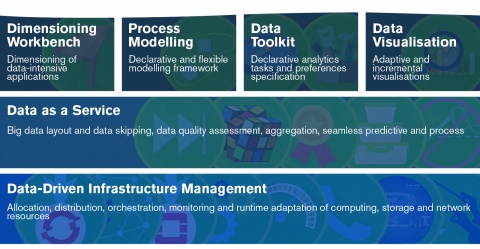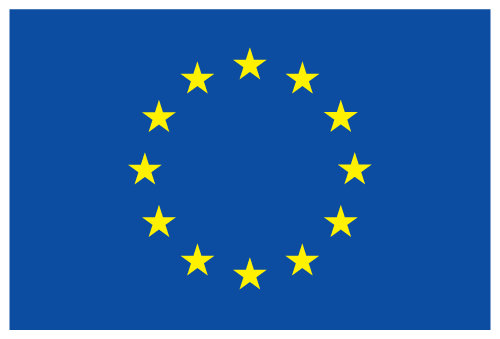
In this series, BigDataStack is taking each of its six services under the looking glass, highlighting its software components, their functionalities and place in the BigDataStack infrastructure management. Each service consists of a set of software components that allow for specific Big Data applications and operations, that will be showcased. For you, to have a quick understanding of the added value of the BigDataStack software for your own business, BigDataStack partners have prepared a series of videos. Now we look at the Process Modelling a Declarative and Flexible Modelling Framework.
The BigDataStack Process Modelling
BigDataStack offers the Process Modelling Framework allowing business users to define their functionality-based business processes (through declaratively-defined models) and optimize them based on the outcomes of process analytics that will be triggered by BigDataStack.
Implementing the BigDataStack software component
For the purpose of implementing the Process Modeler component, initially, Node-Red was used. Node-RED is open-source software released under the Apache 2.0 license. Although initially targeted for Internet of Things (IoT) environments, it is highly extensible and has been successfully been employed in a wide range of applications.
For the purposes of enhanced user interface and user experience, a transition to Rete JS over Vue JavaScript framework was necessary. Rete is a modular framework for visual programming. Rete allows you to create node-based editor directly in the browser. You can define nodes and workers that allow users to create instructions for processing data in your editor without a single line of code.
The Process Model Framework makes these and more building blocks in a suitable palette. The building blocks are classified in comprehensive categories. Users pick-by-click a building block from the palette into the editor and rearrange its position by drag & drop. These building blocks which correspond to individual services can be linked together, so a higher- level graph is generated, and a business flow is defined.
During implementation the BigDataStack building blocks may undergo changes, the Process Model Framework based on ReteJS is designed in such a way, so that it can easily and quickly adapt to changes. The Process Model Framework exports the designs/models into JSON files; this facilitates the integration with other BigDataStack tools that need to receive those as input.
Watch the video and learn more:
How can these software components be implemented in your organisation?
Be inspired by our connected consumer, real-time shipping and smart insurance use cases, and their implementations.
Browse through our services and their software components.
Read our reports on Requirements and State of the Art Analysis:
- D2.1 Requirements & State of the Art Analysis – I
- D2.2 Requirements & State of the Art Analysis – II
- D2.3 Requirements & State of the Art Analysis – III
- D2.6 - Conceptual model and Reference architecture - III
Or simply drop us mail at contact@bigdatastack.eu

